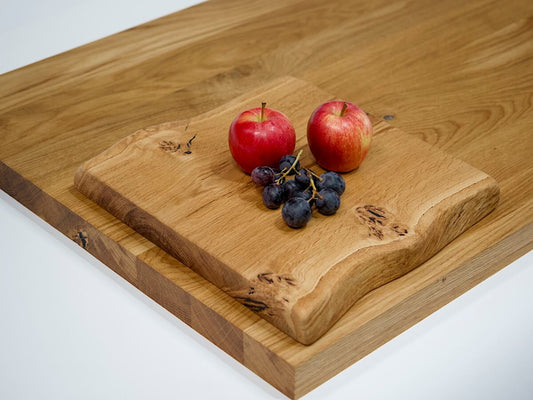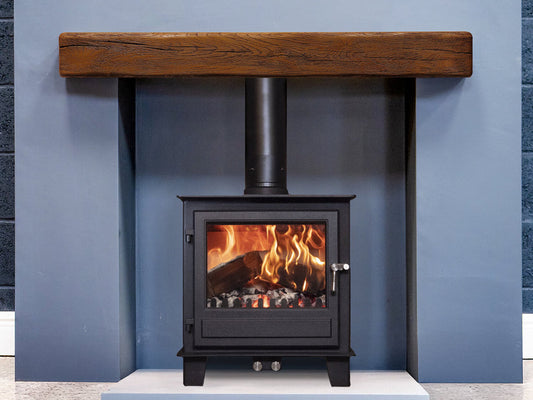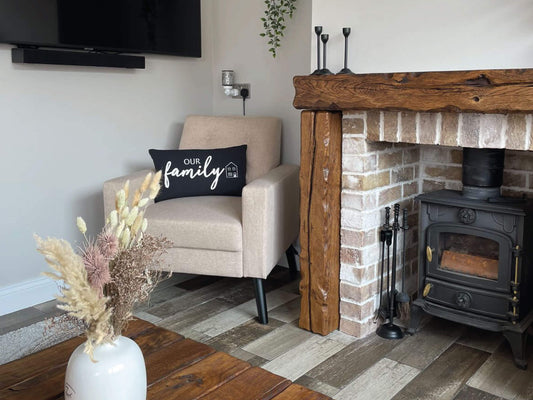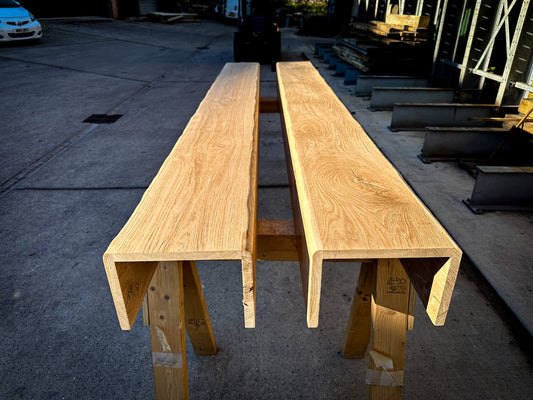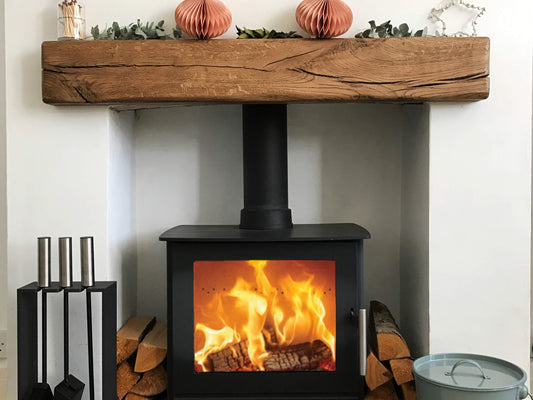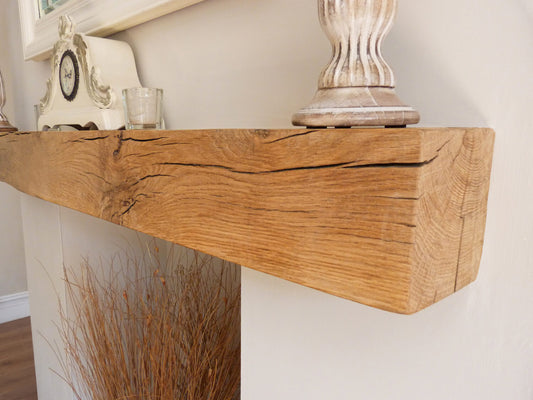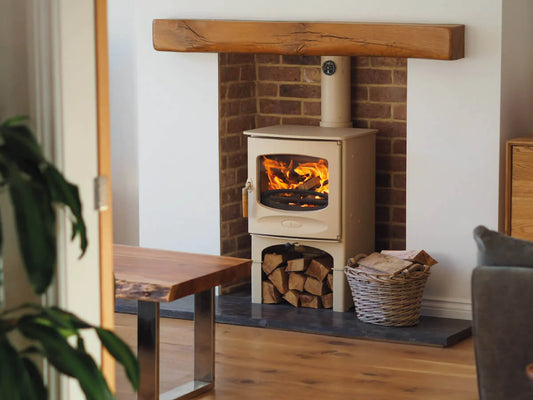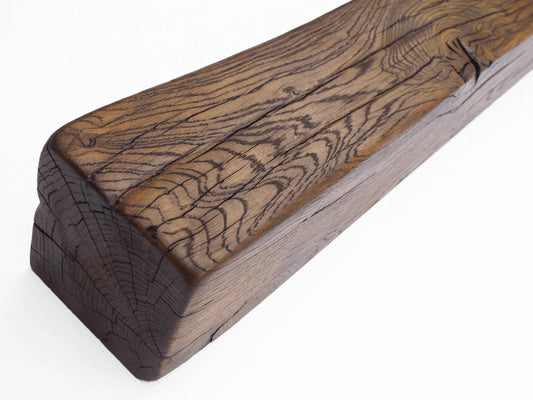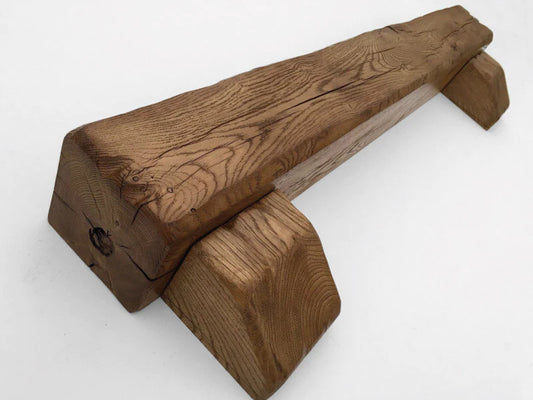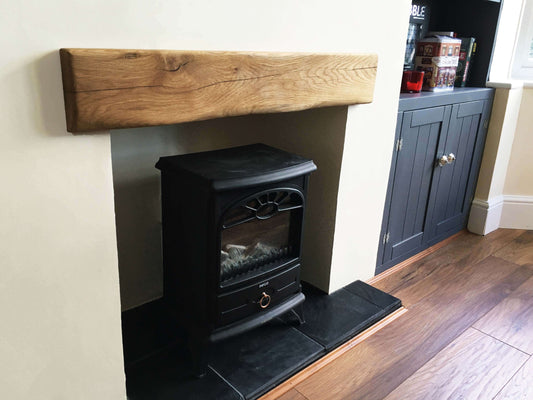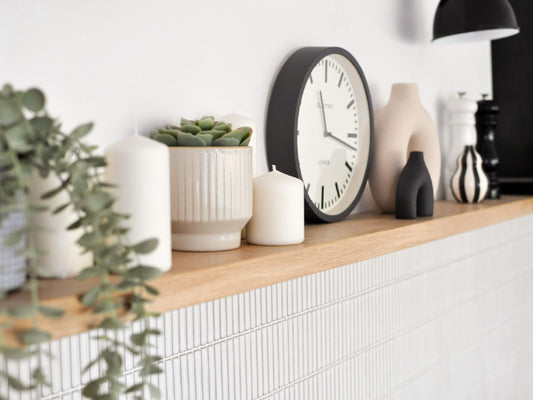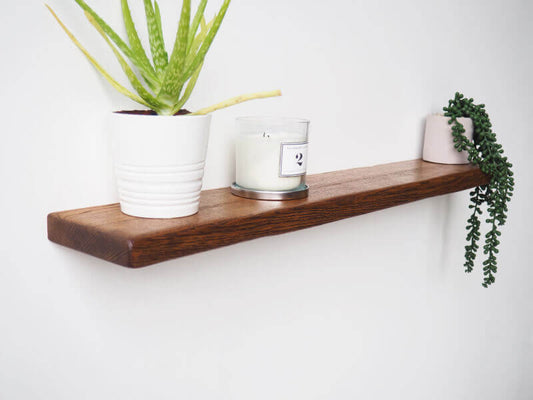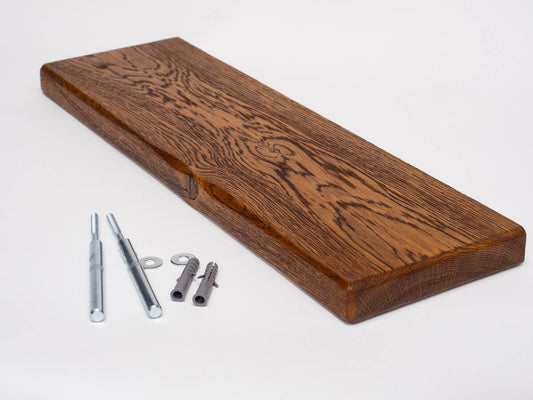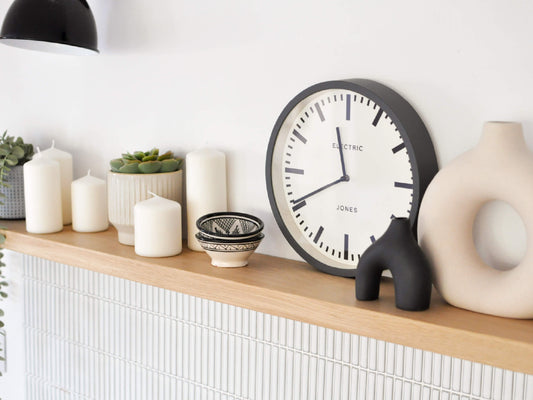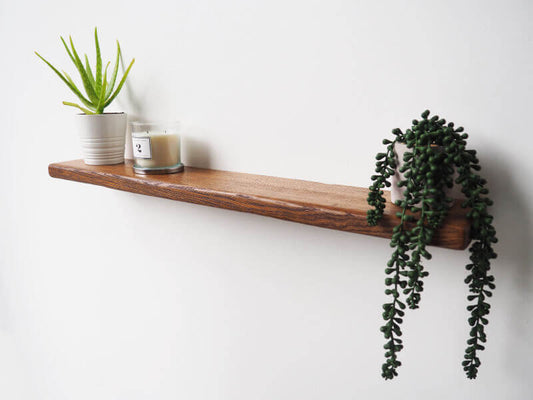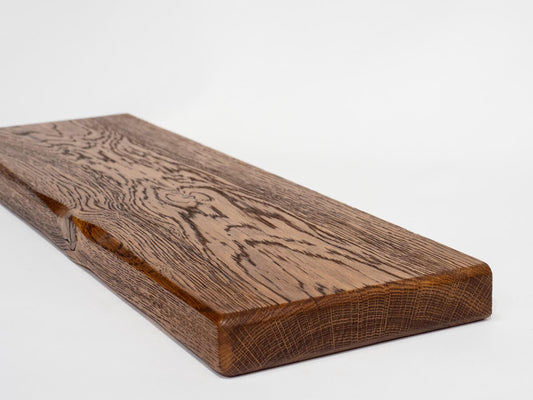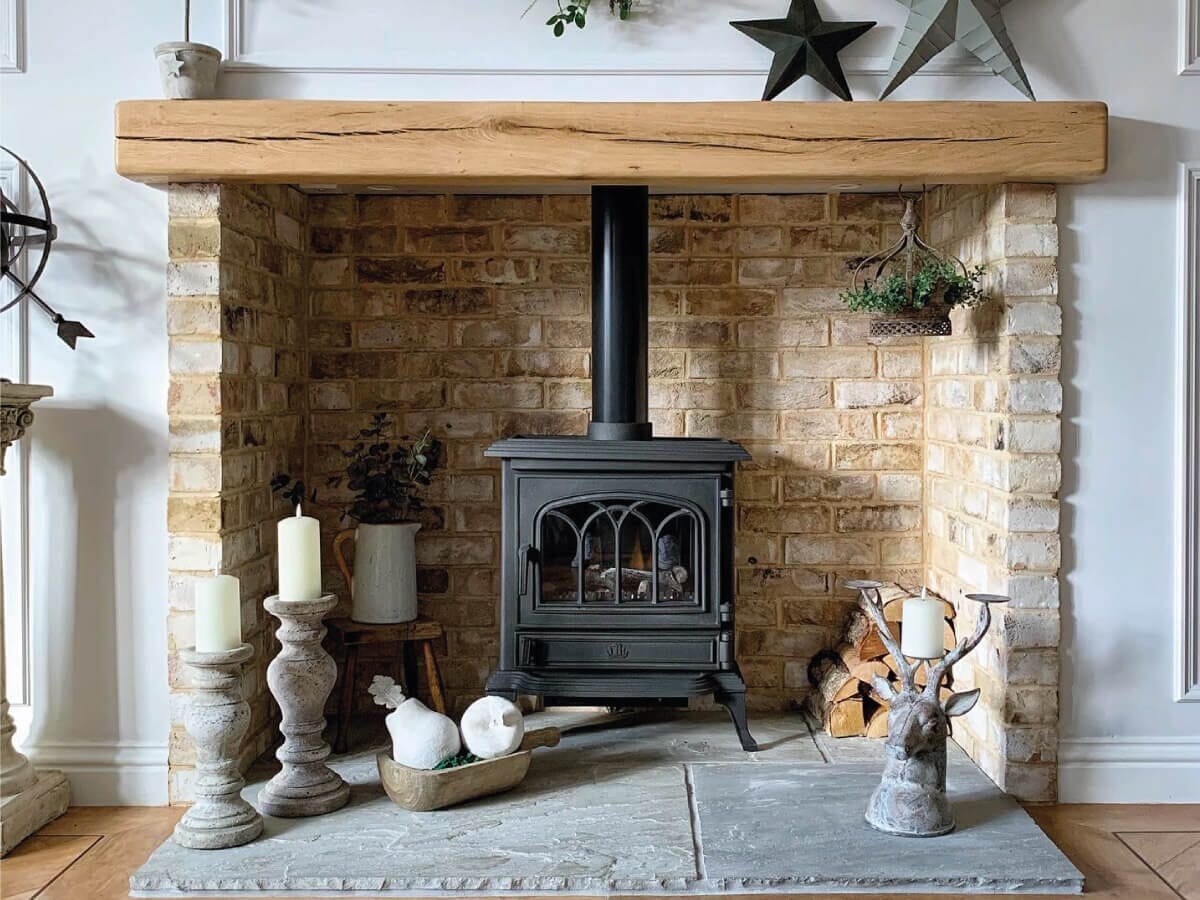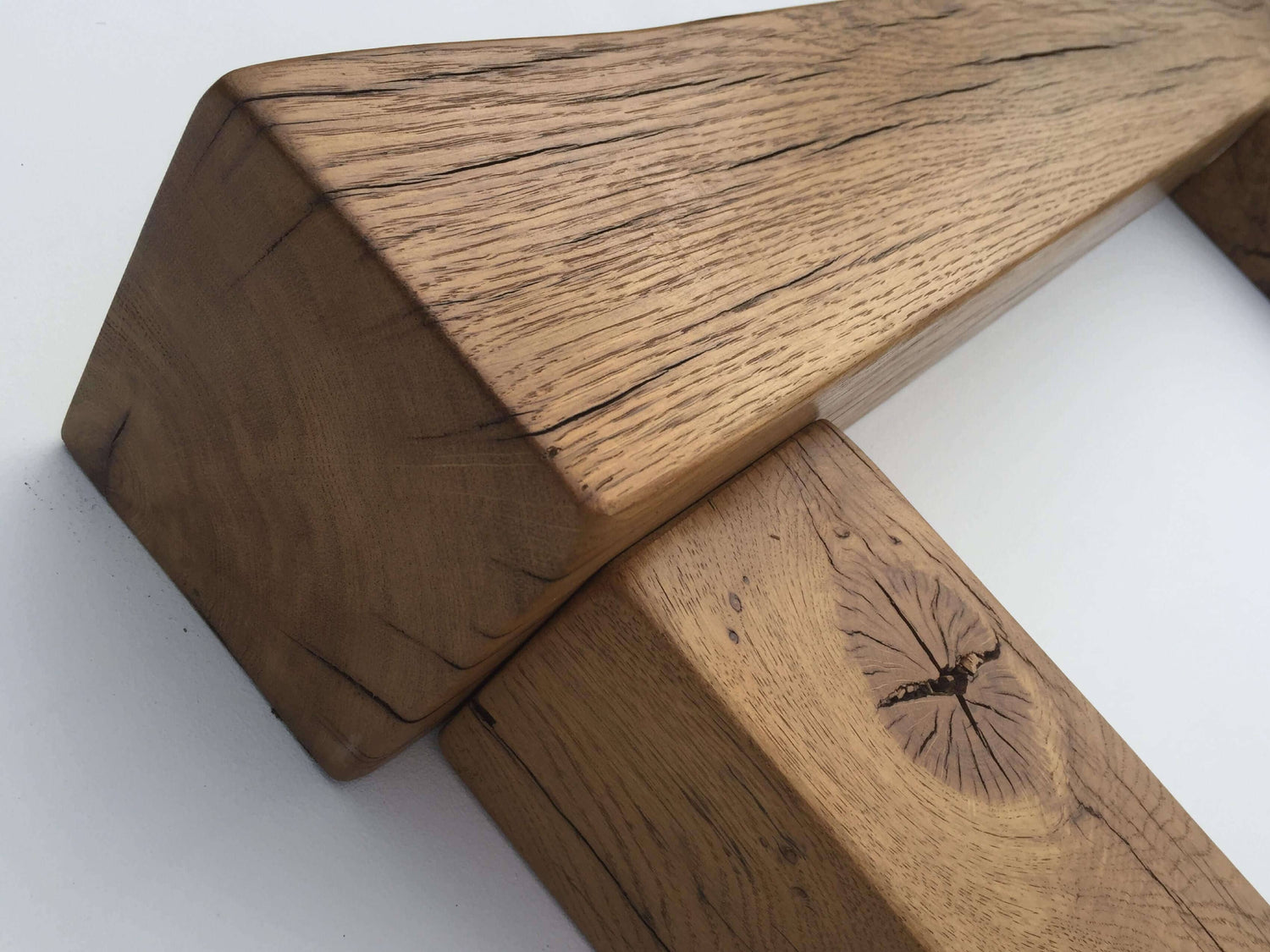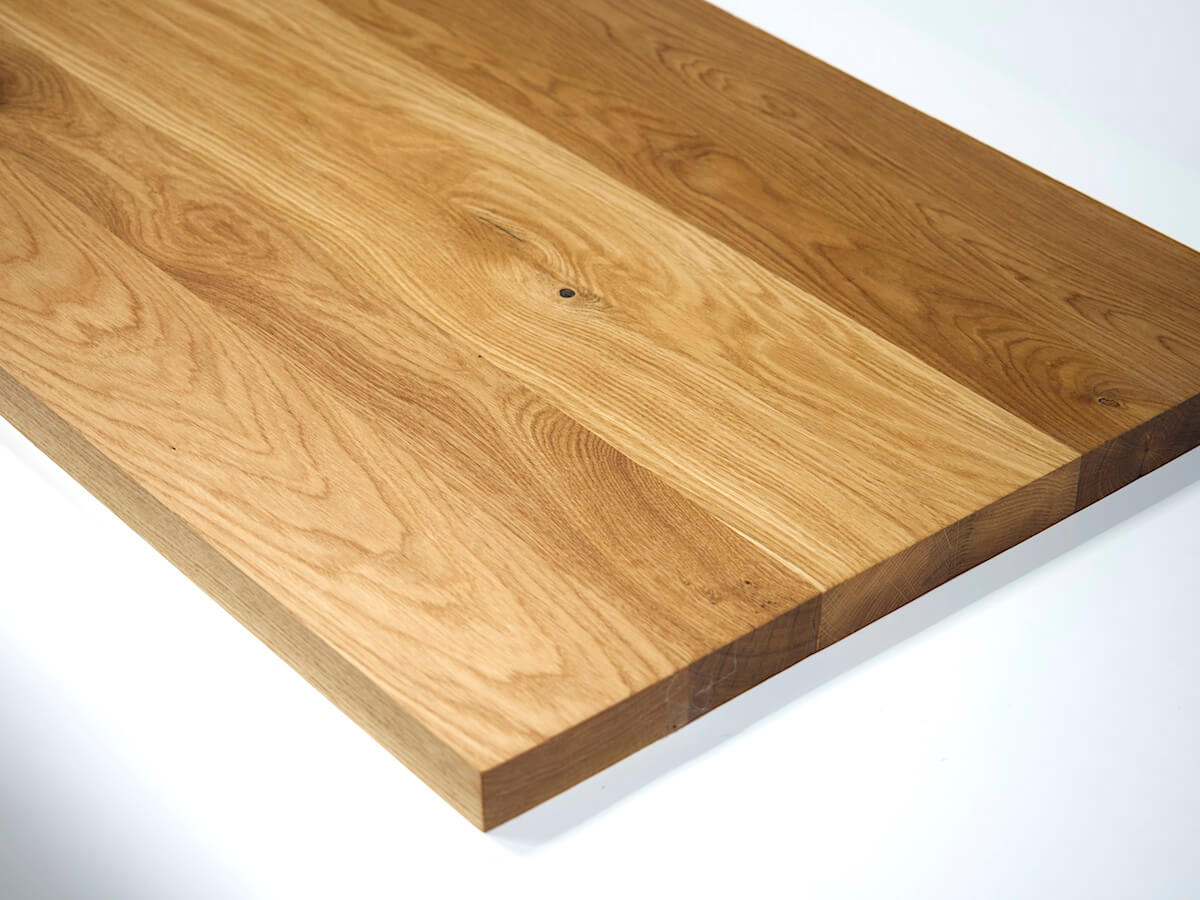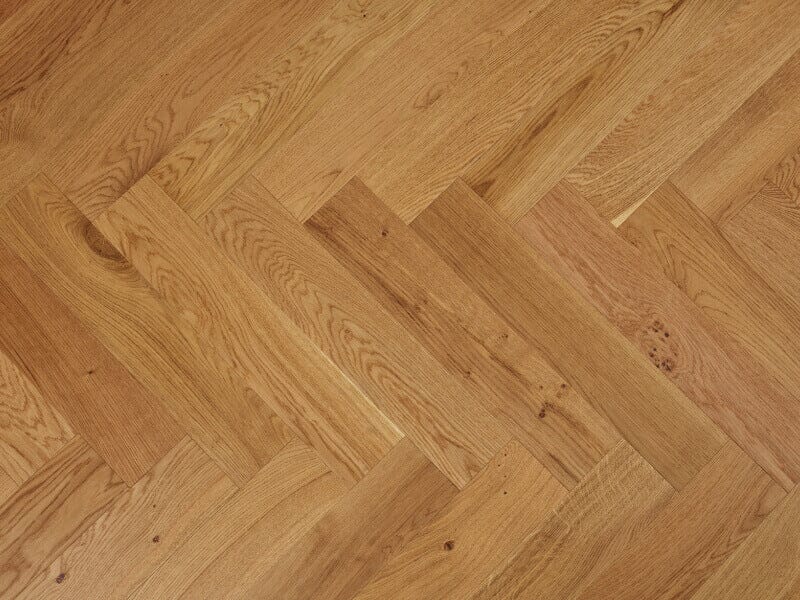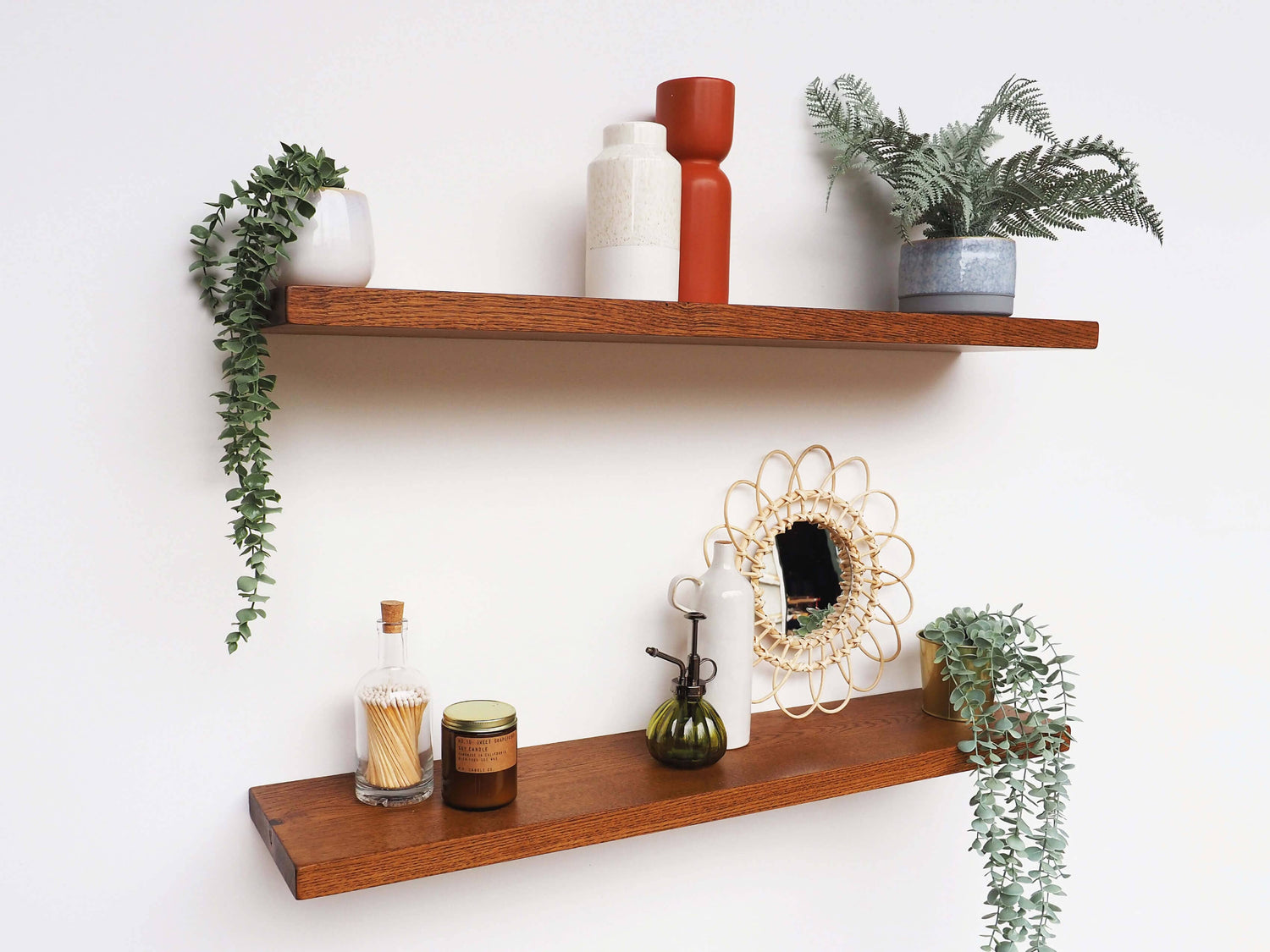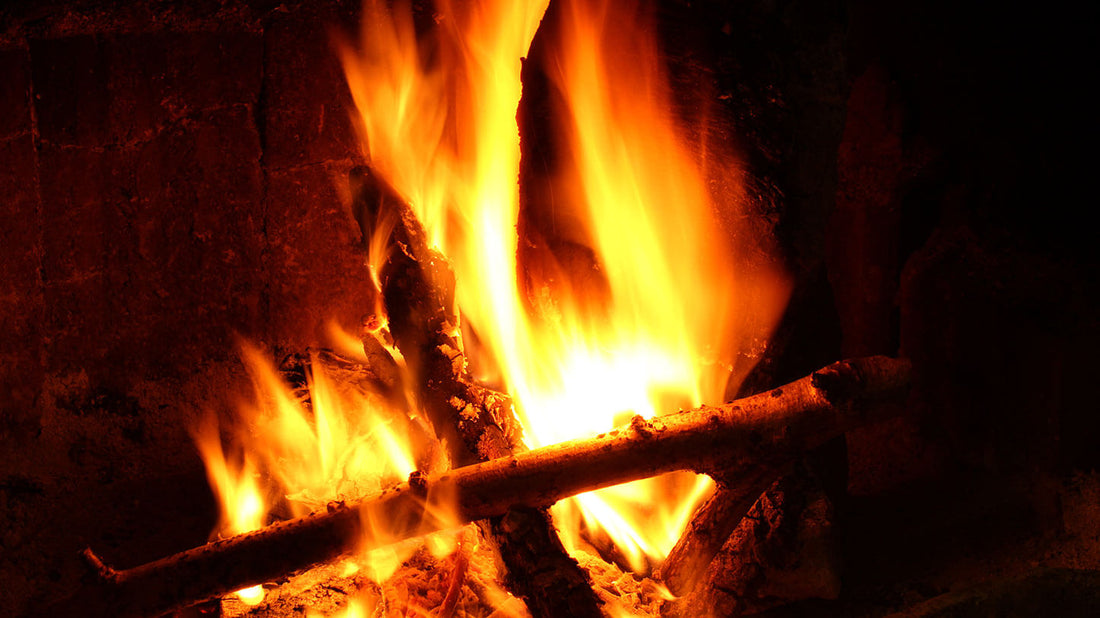
Log burner cooking: All you need to know
Share
Whether it’s the turn of the season with crisp air creeping in, or even a summer night getting a bit chilly, there is nothing nicer on a cold evening than sitting in front of a roaring fire, cooking on a log burner, and admiring your beautiful oak fireplace beam.
Alright, maybe that last bit is just us! But seriously, for many of us, wood burning stoves become the centre of our homes during winter. The enjoyment isn’t limited to just warmth either – log burner cooking is a great way to throw together a delicious meal using the heat you’ve generated already. After all, your wood burner is heating your home, so why not save on gas and electricity when it comes to dinner?
Forget about turning on the oven. Cooking on a log burner gives mealtimes a makeover, adding a sprinkle of rustic charm with slow-cooked, warming recipes. Besides, since it doesn’t require gas or electricity, it has your back in a power outage.
Can you cook on a log burner?
You absolutely can – in fact, we’d say log burner cooking is something everyone who has one should try! Although many of us won’t have wood burners that are specifically designed for cooking, that doesn’t mean we can’t use them to rustle up some delicious dinners once in a while.
With some patience and the right approach, cooking on a log burner can be a lot like using a slow cooker, leaving your food to simmer and infuse with flavour over several hours.
That said, it is worth remembering that log burner cooking can take much, much longer than using a conventional oven or a stove to prepare your meals, so patience is definitely a virtue here.
If you’re looking for a speedier fire-powered alternative, a wood-burning stove is closer to modern solutions in terms of how long food takes to cook.

Source: charnwood.com
Who can do log burner cooking?
The key thing to do before getting started with cooking on a log burner is making sure you have sufficient hot area for warming up food (and water). Log burners with a flue attached to the back of the stove are normally more convenient, compared to those with one on the top.
Of course, you can use the firebox itself for certain foods, too. Though, if you’re doing that, make sure you don’t leave behind any food residue, as this can cause damage to your log burner.
Step by step cooking on a log burner
Convinced you should give it a try? Here are a few simple steps to help you ensure the best results for your log burner cooking:
Choose cookware wisely – Opt for heavy-duty or cast iron pans over flimsier options to make sure heat is retained and distributed evenly across the dish.
Pre-heat your pan – Place your pan (or pot) on the log burner with its lid on for a few minutes while you gather ingredients and prepare the food that will go on the fire.
Maintain the fire – When cooking on a log burner, you want to keep a steady flame with glowing embers going to ensure consistent heat.
Get a kick-start in the kitchen – Sometimes it can help bringing ingredients to the boil on a hob first, before transferring the dish to simmer over a log burner.
Check in on cooking speed – Log burner cooking speed depends on how hot your fire is. Check on it regularly to make sure it’s not cooking too quickly or too slowly. If it’s cooking too fast, you could place your pot on top of a metal trivet to reduce the heat.
Food safety first – Always check your food is cooked through before serving, especially if you’re cooking meat, such as chicken.
Avoid spills – When cooking on a log burner – and especially when putting ingredients in, or serving the ready dish - be careful not to drop any food on your stove, or it could stain.

Log burner cooking accessories
Prominent wood stove sellers, like Charnwood and Esse, have specialist accessories designed to make cooking on a log burner easier. These include a cooking plate, which you can install in place of the blanking plate for easier stovetop cooking, as well as a magnetic toasting fork you can use to heat bread slices along the stove’s door.
There are also hybrid log burner models which come with built-in cooking functions, including specially designed hobs, ovens, or both!
Depending on how much cooking on a log burner you plan to do, it’s worth shopping around for some accessories to make life easier, or even upgrading your wood stove.
What can you cook on a log burner?
What makes log burner cooking so appealing is that you have a wide range of meals to choose from for your home menu, from a quick rustic breakfast to rich slow-cooked dishes. Here are a few ideas:
Slow-cooked stews - Meals like stews, which are prepared slowly over a longer period, are perfect for cooking on a log burner. Make your stew following the recipe, then place it on the fire to ‘stew’ for a few hours before dinner – ideal for winter evenings!
Breakfast favourites - In a warmed pan, add some bacon and put the lid back on. Once the bacon is cooked through, wrap it in some foil to keep warm. Crack a few eggs into your pan and stir to scramble (or you could try fried instead). Grab a bun, pile with your bacon and eggs, then add a sauce of your choice, and you have yourself a delicious breakfast!
Baked potatoes – Nothing beats the humble but versatile potato when it comes to comfort foods, and they are actually well-suited to log burner cooking. Just wrap a few in foil and pop them into the embers to get a nice crisp and a smoky finish.
One-pot meals – You could try many one-pot recipes on a wood burning stove or log burner. Cooking soups, chillies, or curries can work particularly well, and it adds a layer of cosiness to the experience.
Water for a cuppa – Why not make the most of the fire you’ve already got going and boil the water for your tea or coffee on the stove? This tip is just as handy for making pasta, too –just make sure you don’t overboil it!

Source: charnwood.com
What foods aren’t suited for log burner cooking?
Despite the fact that cooking on a log burner can be very versatile, it does have some limitations. Some foods to avoid include:
High-heat dishes – Things like stir fries, which require quick cooking at higher temperatures, and can also burn easily, are better saved for the hob.
Bakes – Any oven dishes that require cooking at a precise temperature, such as pastries or cakes, should also be kept away from fire, as you can never get that level of control with a log burner.
Foods that need grilling – Unless you have a special grill plate you can use over the fire, grill finish can only be achieved in the oven (or on an actual grill).
How long does cooking on a log burner take?
As with any dish, cooking times will vary depending on the meal, with the added variable of how hot the fire is. However, as a general guide you can expect:
- 5–10 minutes for frying bacon and eggs (with a pre-heated pan)
- 10–20 minutes for boiling water
- 45–60 minutes for baked potatoes in embers
- 1–2 hours for stews or soups
While log burner cooking can be slower than the oven or hob, it can be a more mindful and rewarding way of preparing food.
Log burner cooking, in style
So, can you cook on a log burner? You sure can! All you need is the right cookware and a store of patience, and you can be off whipping up tasty breakfasts or hearty stews, all while enjoying a cosy atmosphere – and making the most of the fire you’ve got going.
Before you head off to cook your first stove-top supper, why not take a look at our range of oak fireplace beams? You can easily customise your own oak beam to suit your home, for the perfect finish to your fireside comfort.

